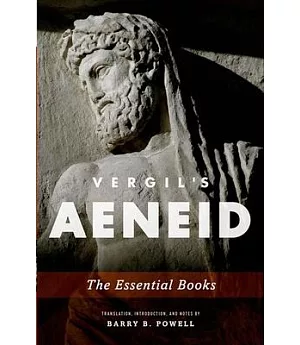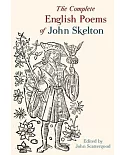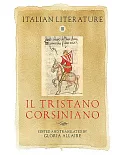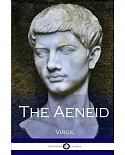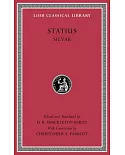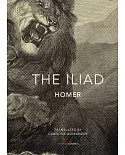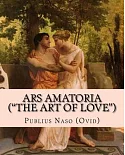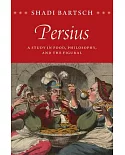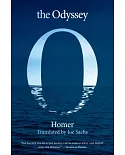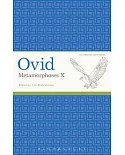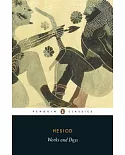Barry Powell, acclaimed translator of the Iliad (OUP, 2013) and theOdyssey (OUP, 2014) now delivers a graceful, lucid, free-verse translation of the most important books and
passages of theAeneid in a pleasant modern idiom. On-page notes explain obscure literary and historical references, while the rich visual program lightens the text and educates
students in the history of Western art by presenting a single topic as represented over 2,000 years.
The Aeneid’s first sentence charts the poem’s historical plot, taking us in one sweep of seven lines from Homer’s Troy to Augustus’ Rome. These two layers of time are felt all the way
through the poem, from the distant past of Aeneas’ heroic and quasi-mythological time, over 1100 years before Vergil, down to the "now" of Augustus’ Rome, when Vergil was writing the poem
between 30 and 19 BC, a period of ongoing political experimentation.
The story of Aeneas--moving from one continent to another, undergoing and enforcing great transformations in the process--transplants contemporary Augustan preoccupations with transition,
continuity, and change into the remote time of the poem’s action. In the course of the poem we move from the East to the West, from Troy to Italy, as Aeneas moves from being a Trojan towards
being something else, a kind of Roman in embryo. The poem’s migratory movement, together with its wholescale assimilation of Homer, acts out another great transition, the transition of Greek
culture to Italy: just as the people of ancient Italy become the inheritors of Troy, so the people of Vergil’s Italy become the inheritors of Greece. The very location of the poem in time is
transitional, at the pivot between myth and history: the poem’s characters are moving out of the era of Homer into the era of what Vergil would have considered non-fabulous history. In all
these ways the Aeneid is a great poem of history, both as lived experience and as something constructed by people responding to the needs of society.
Featuring a stellar, up-to-date introduction, on-page notes, embedded illustrations, five maps, a timeline of Roman history, and a genealogical chart, Powell’sVergil’s Aeneid: The Essential
Books offers a full immersion into the mythological and political workings of the poem. It is a book both good to think with, and good to teach with.

